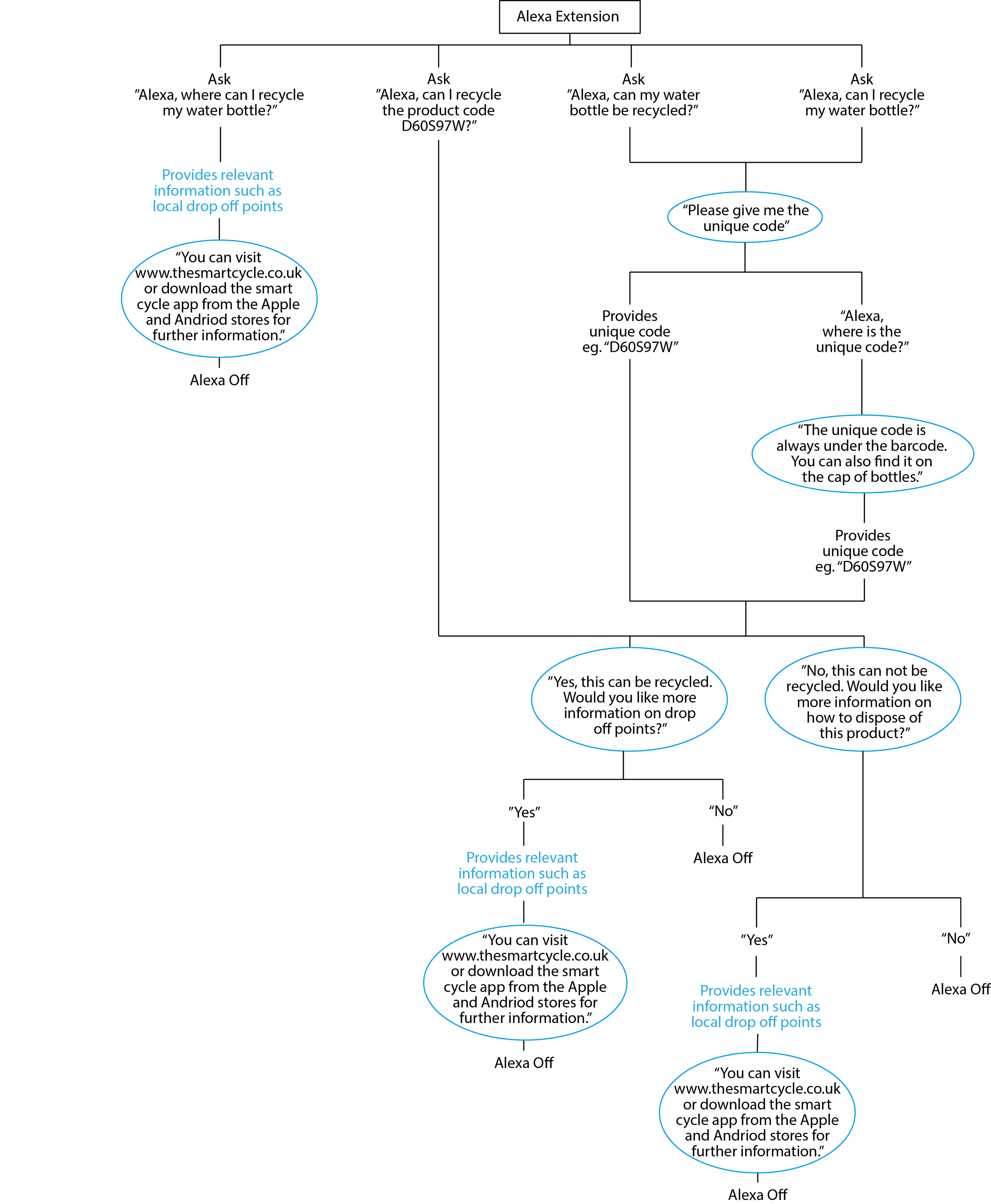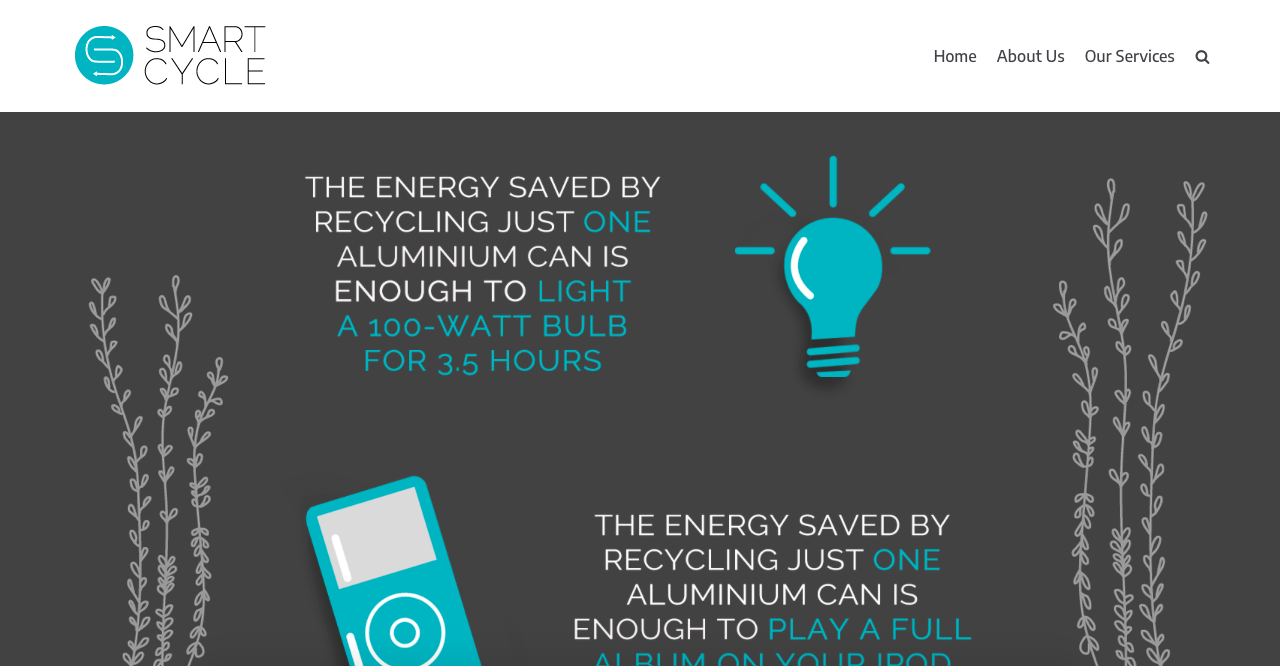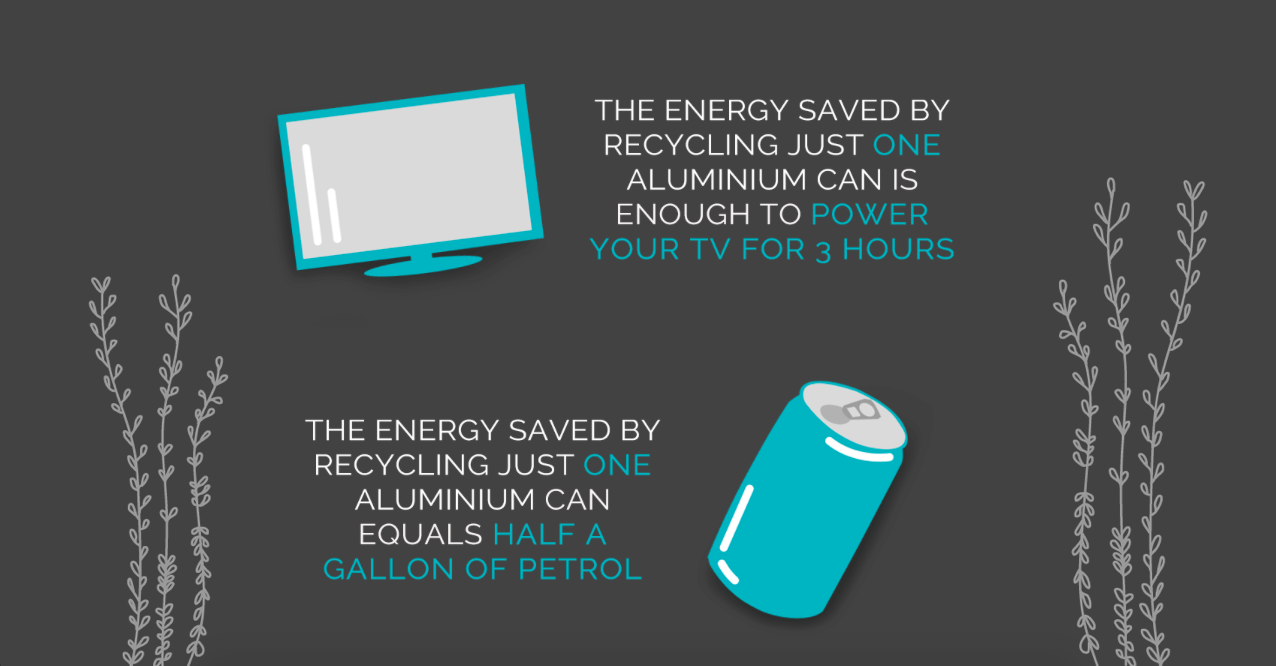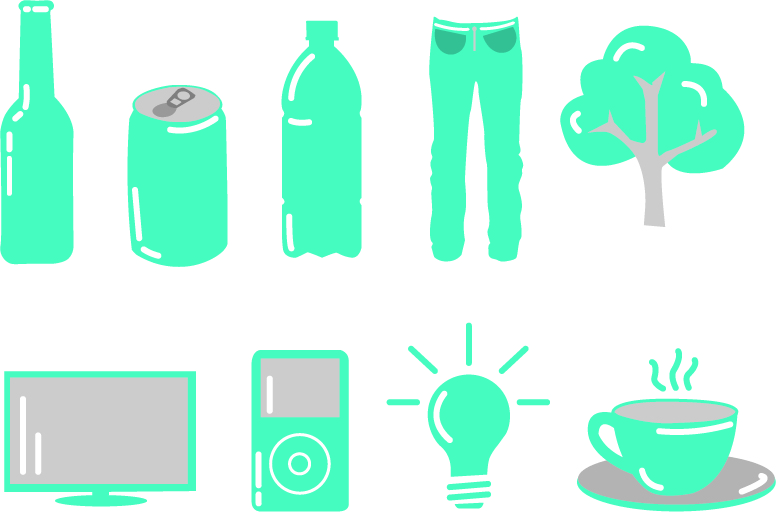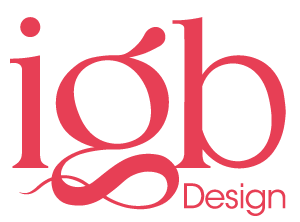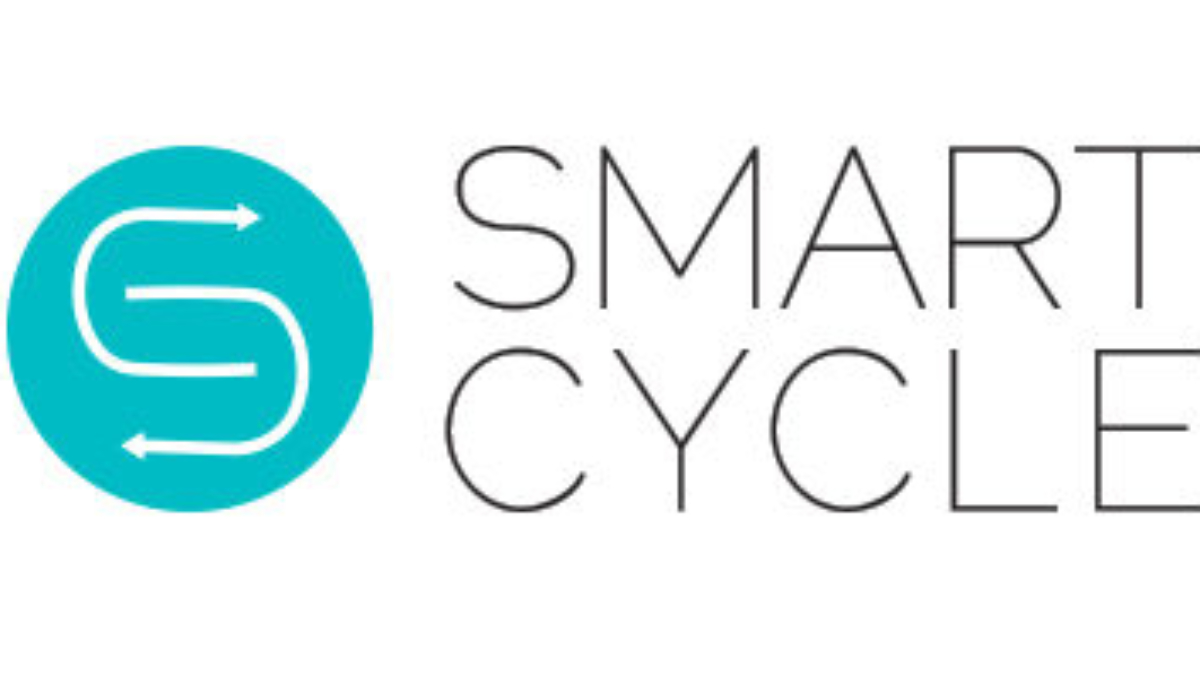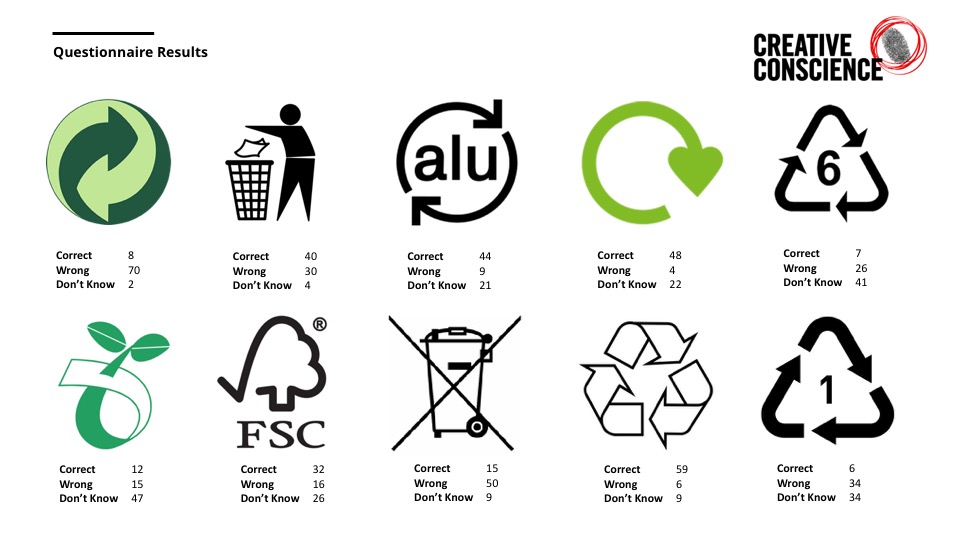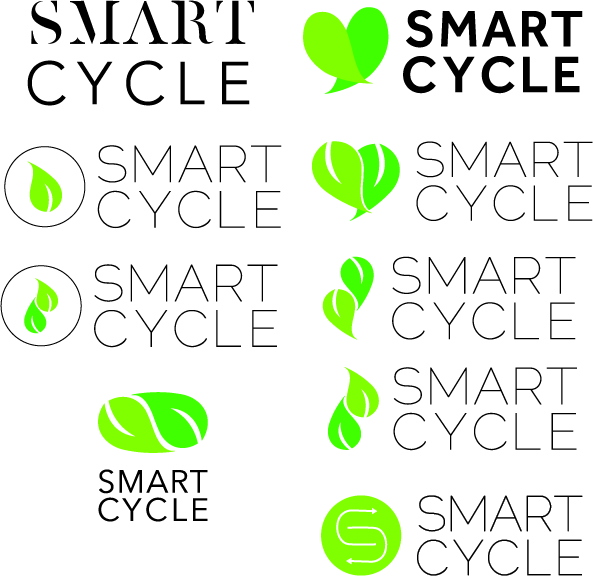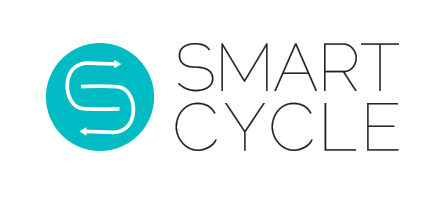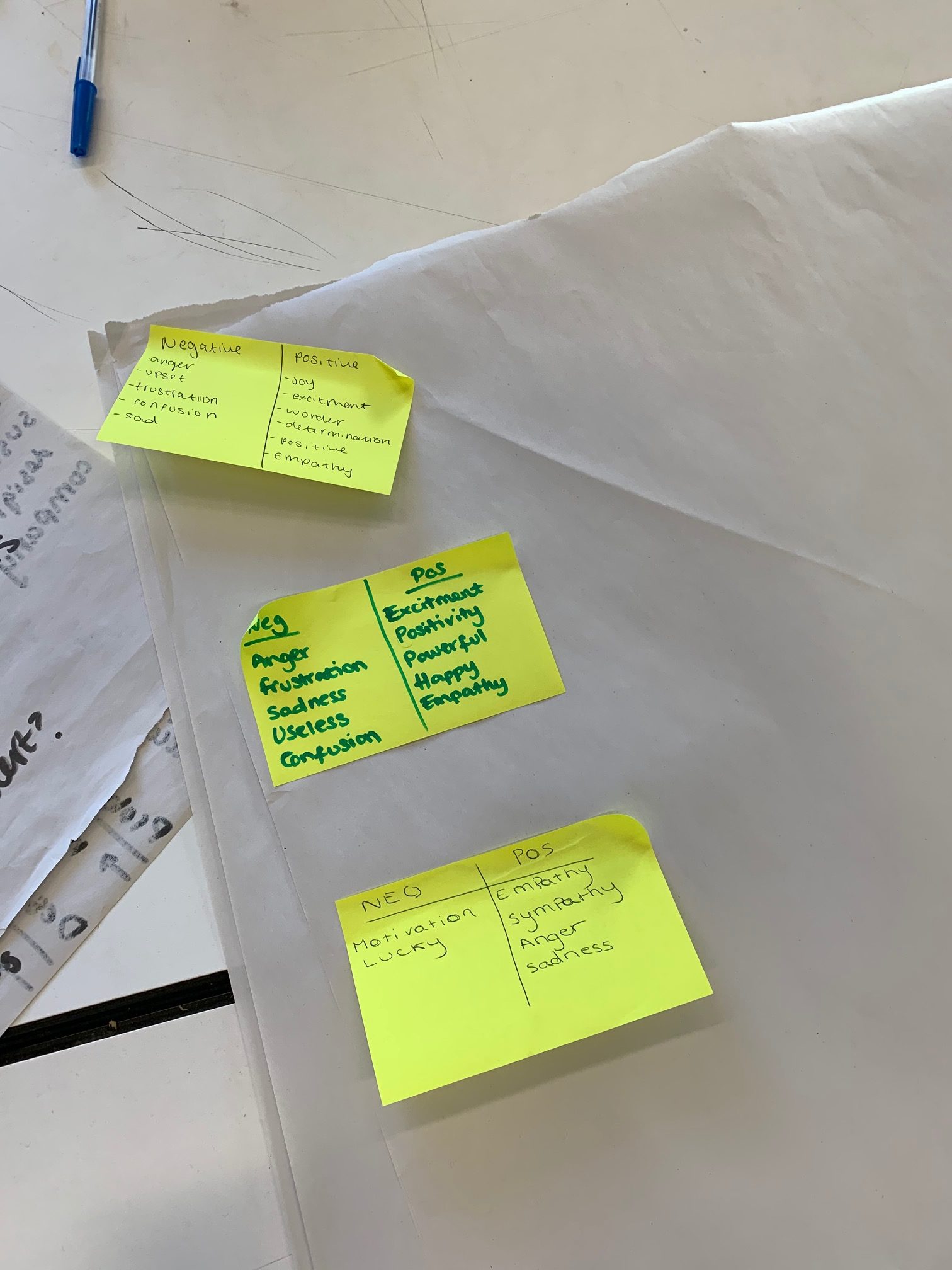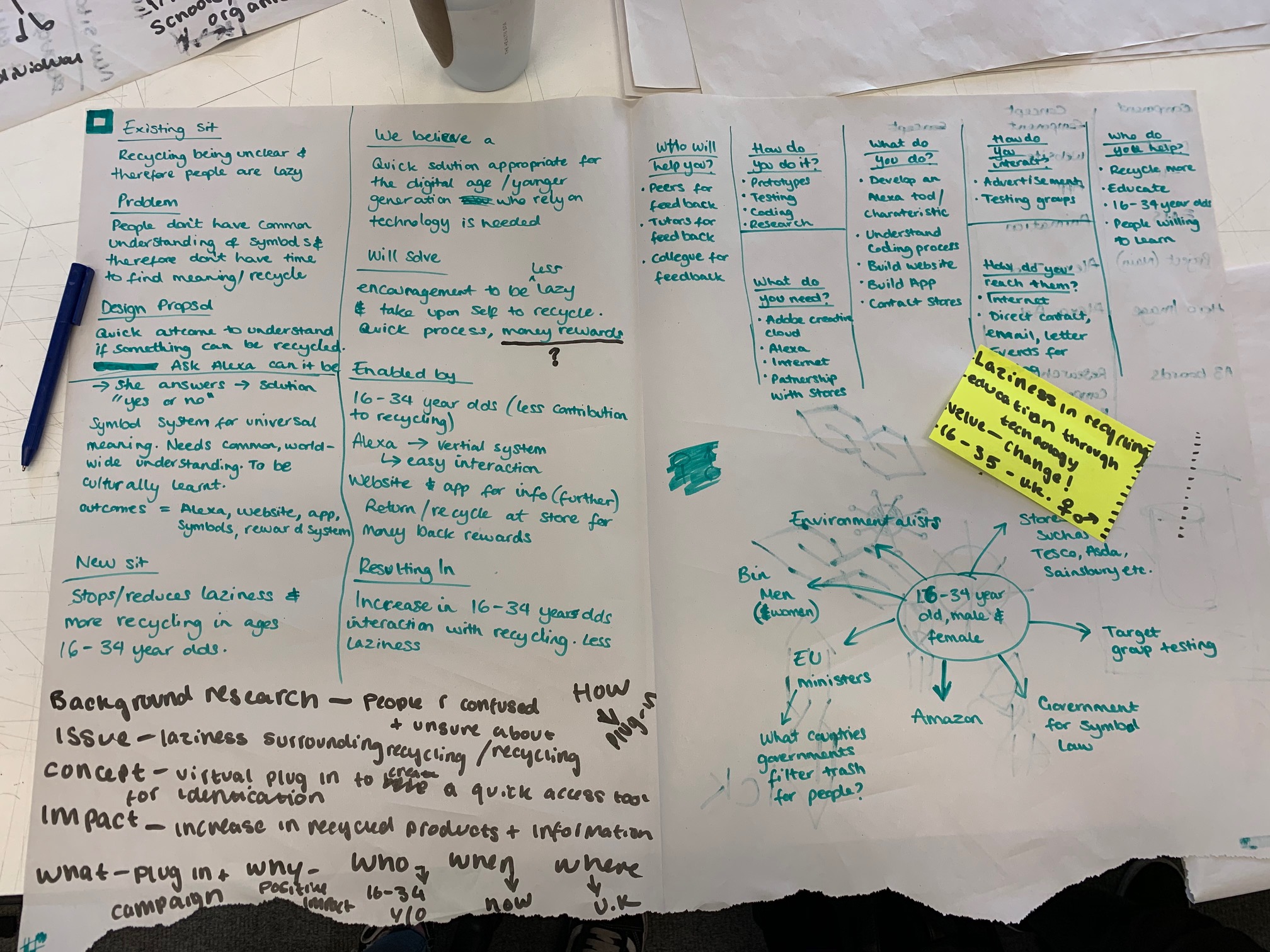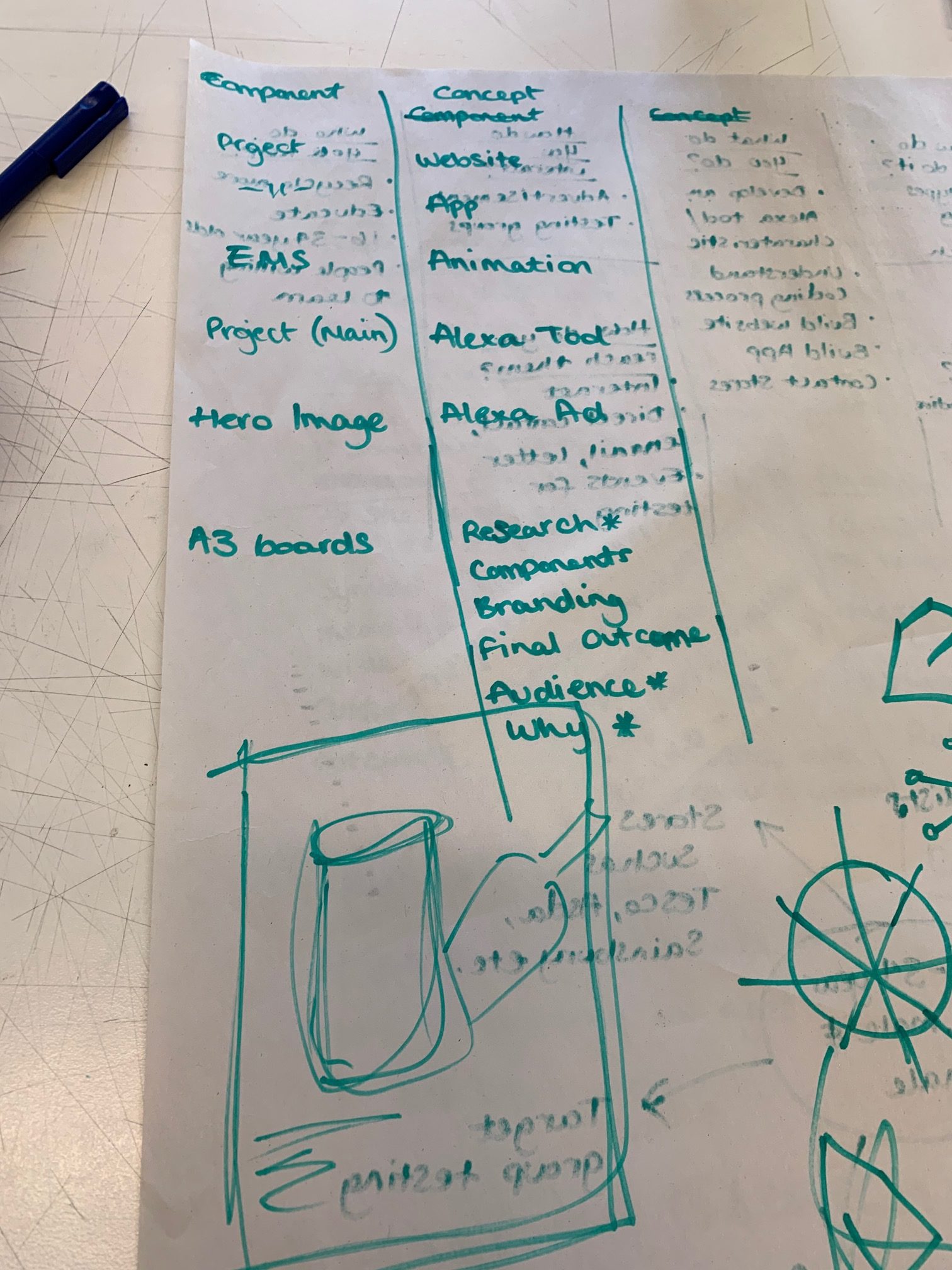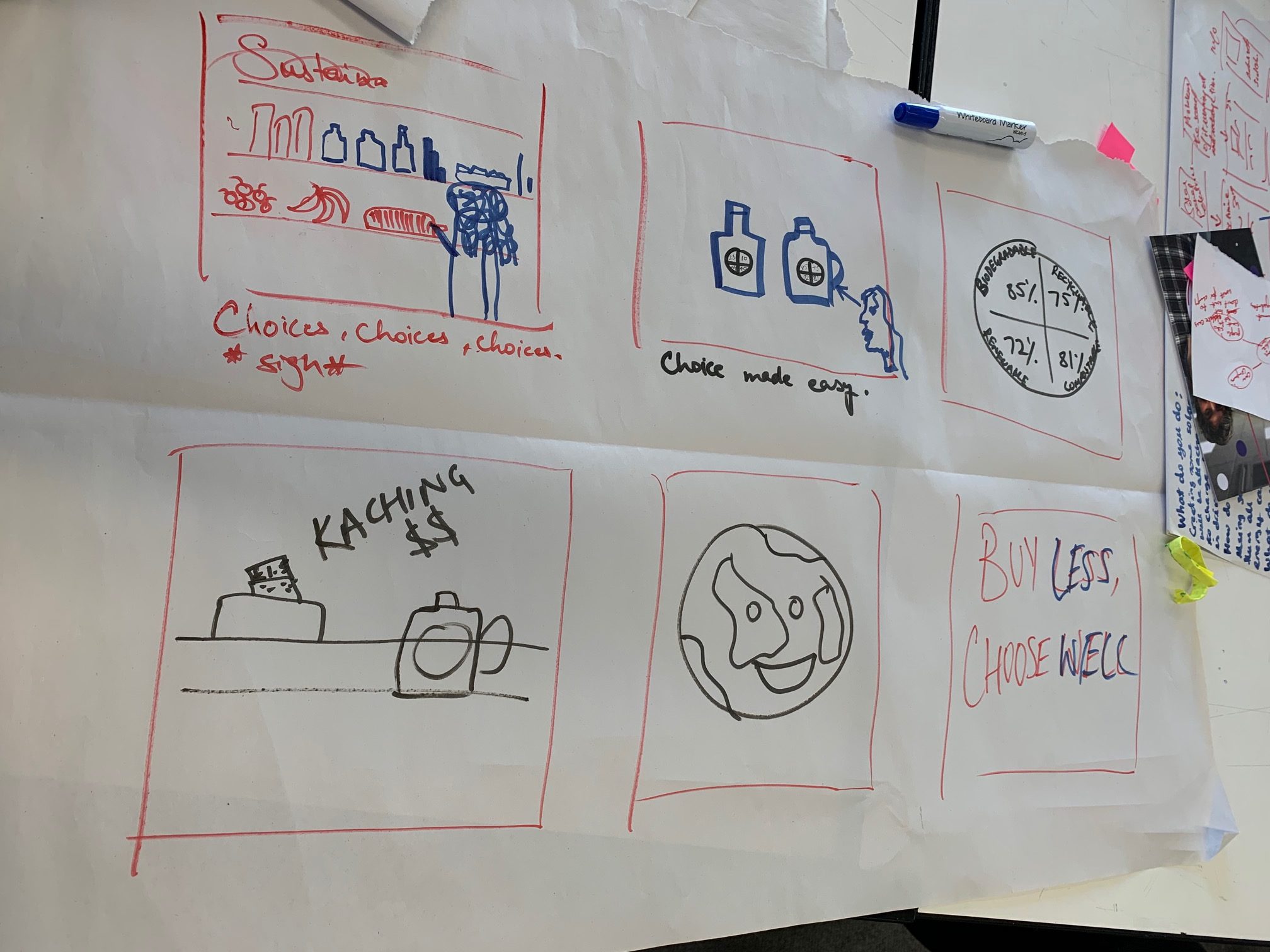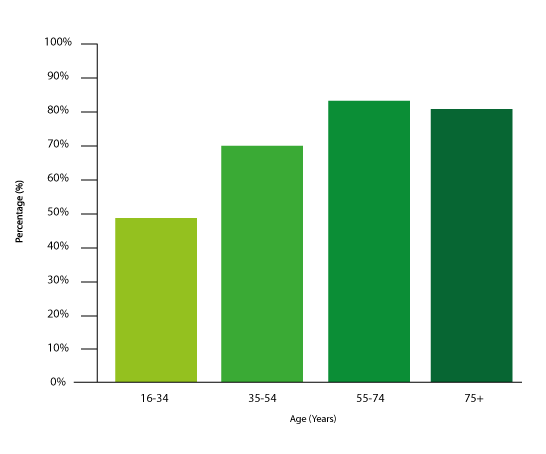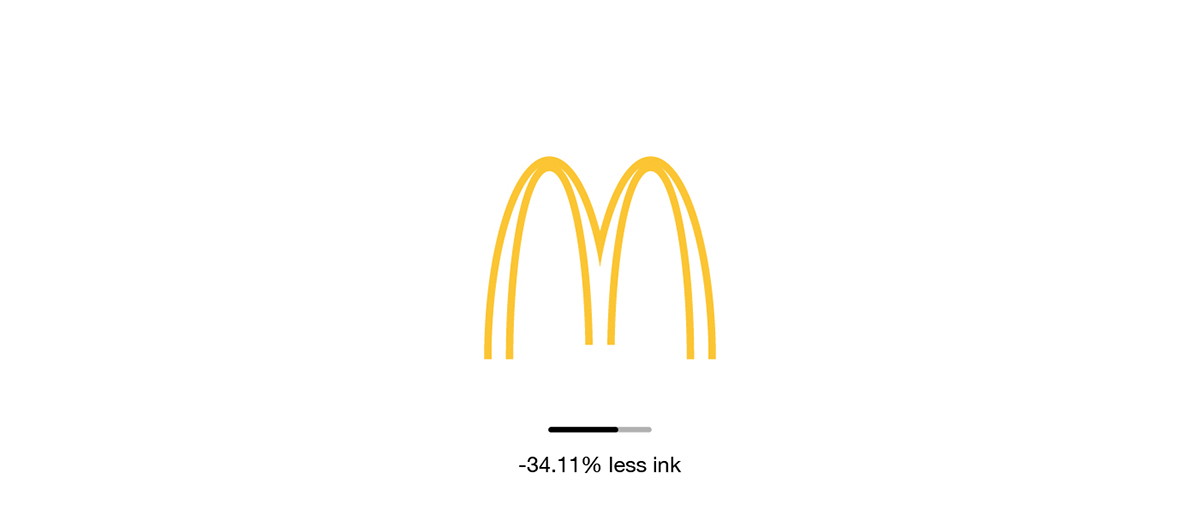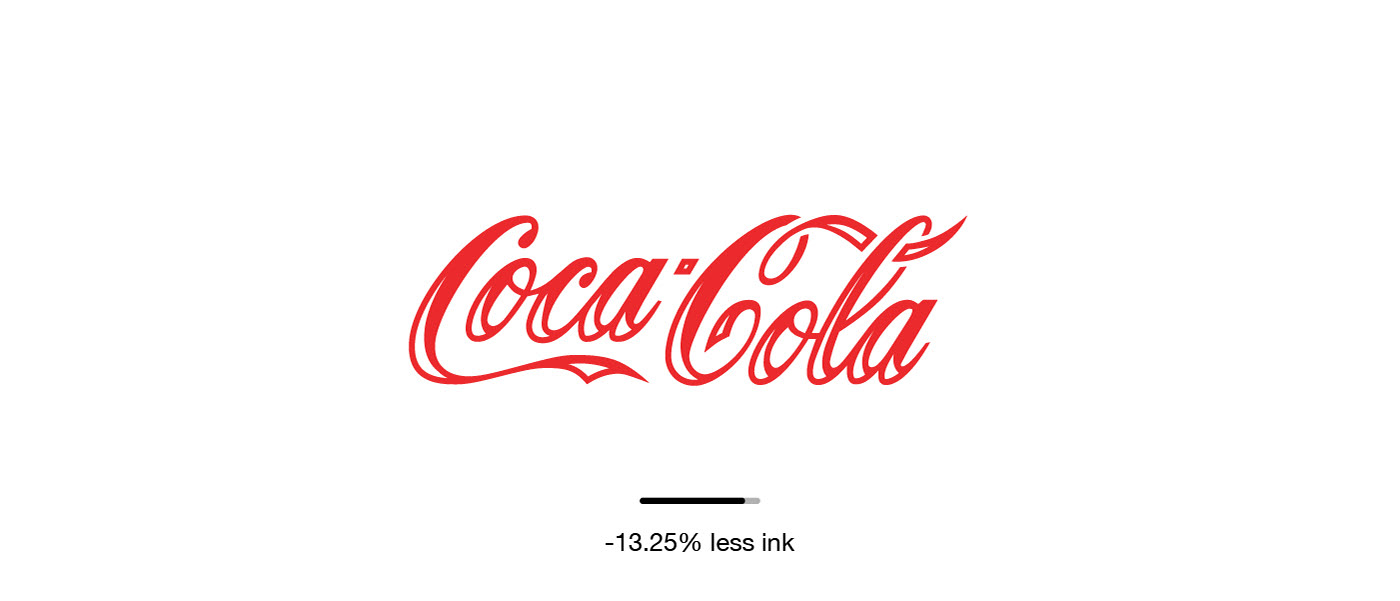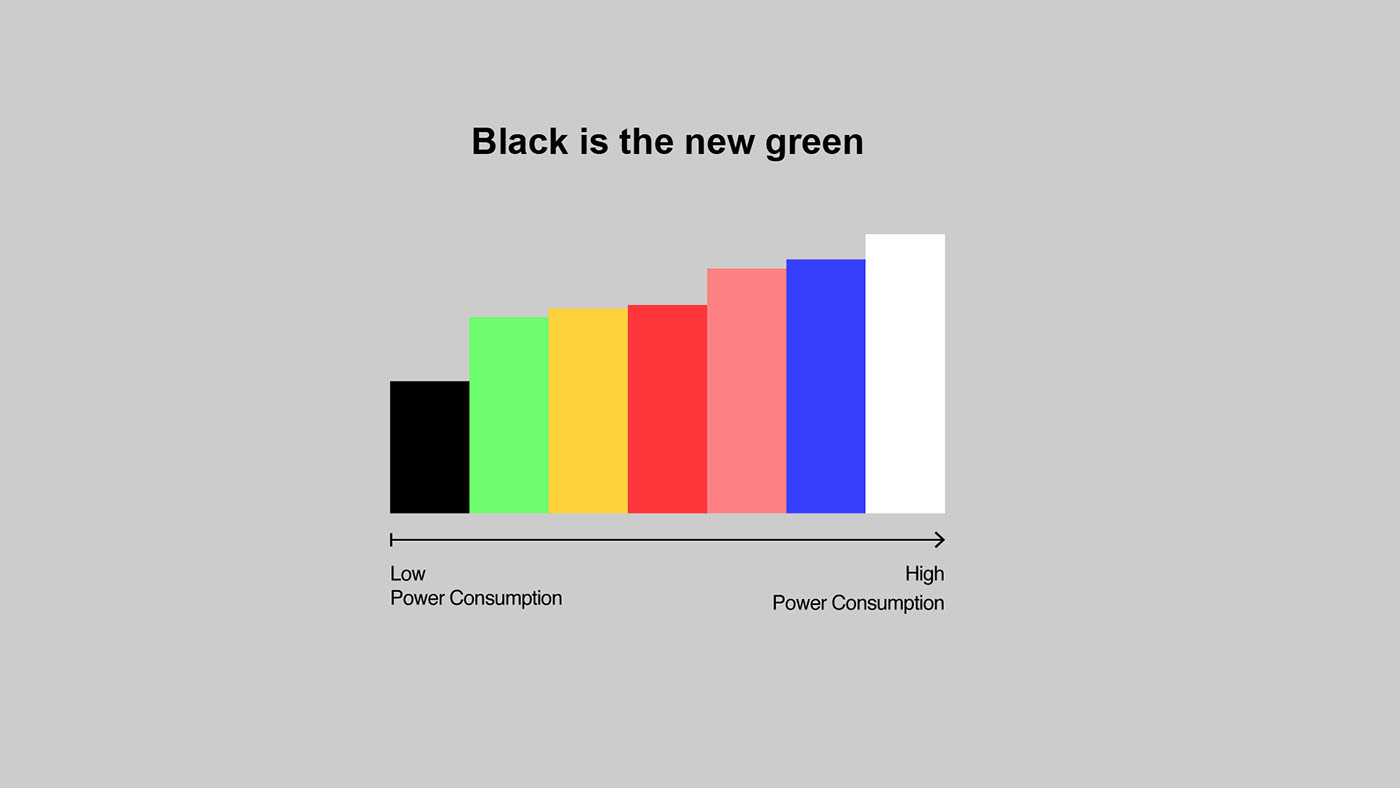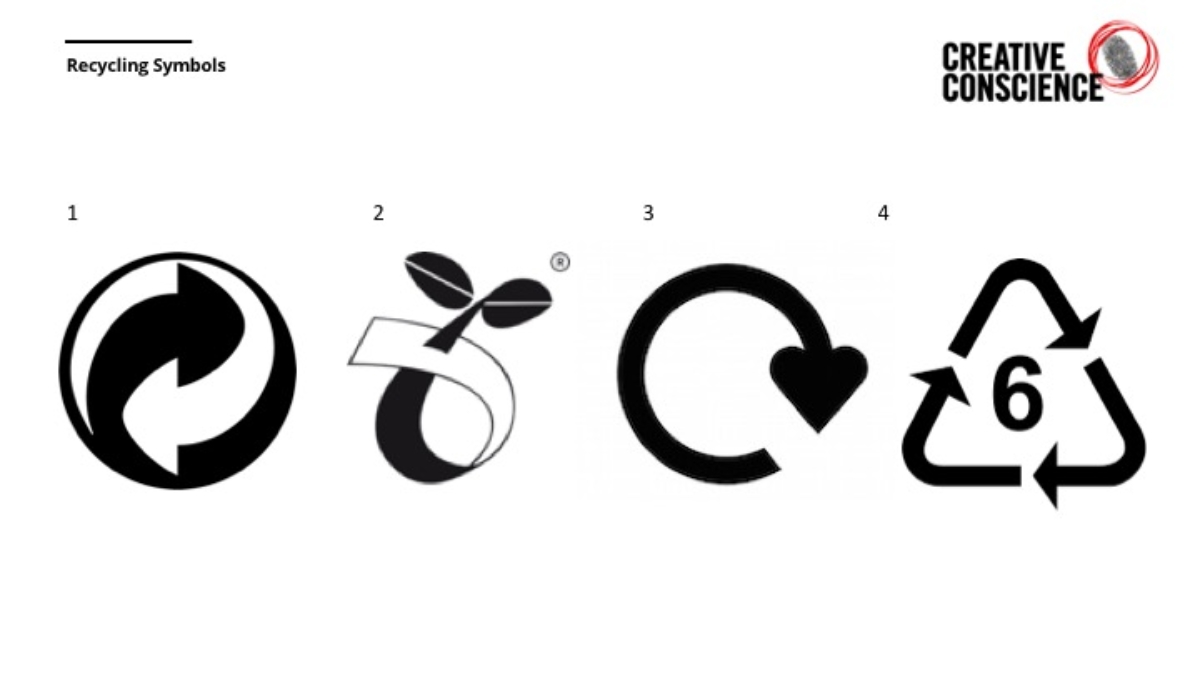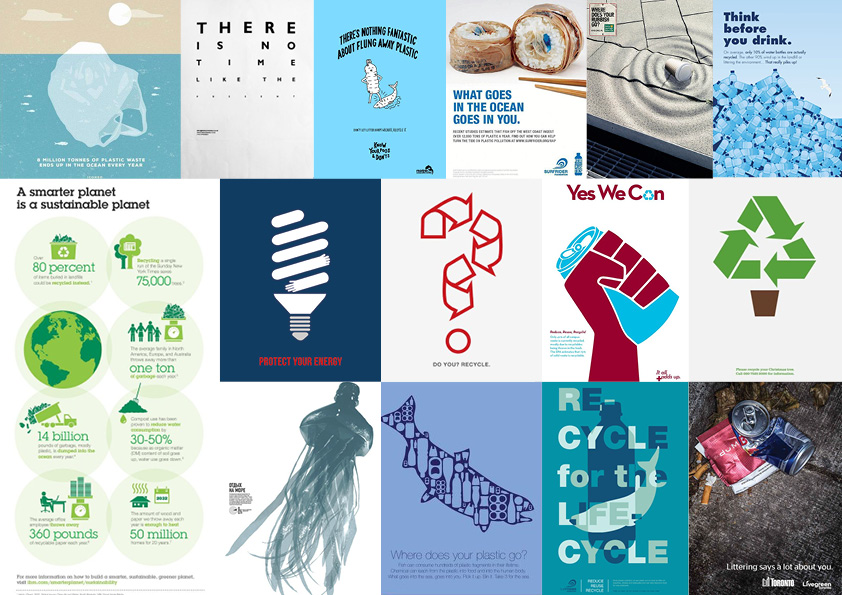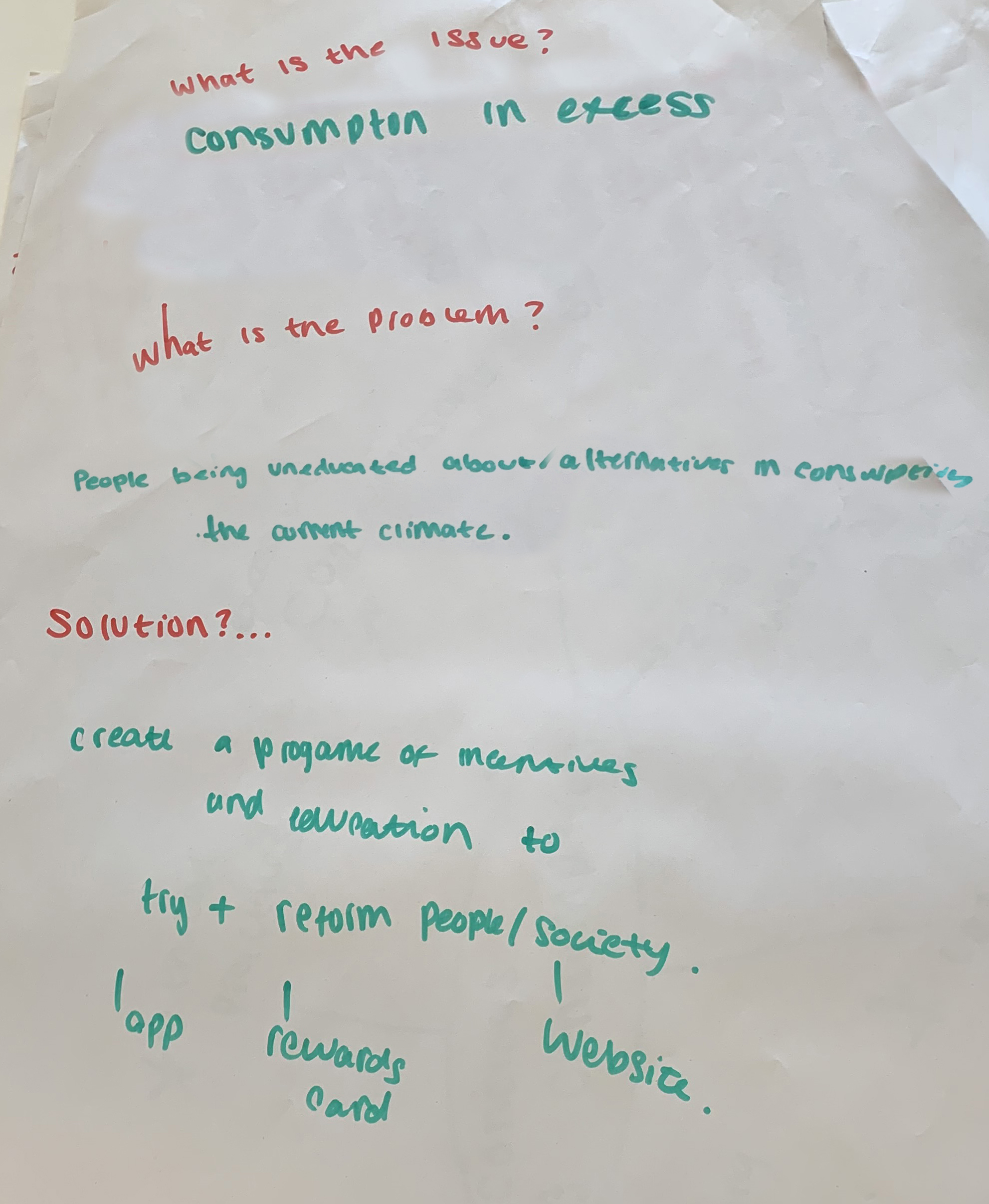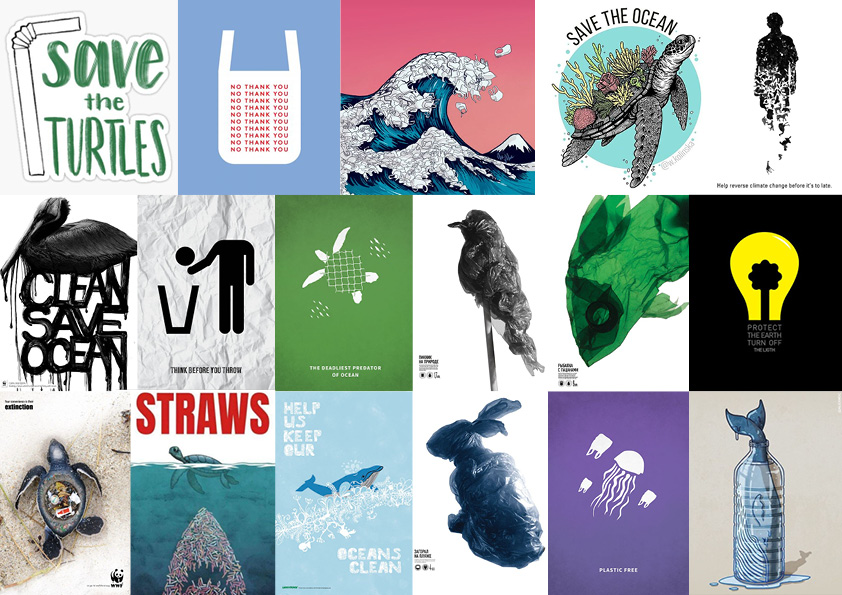In this week’s blog, I want to clarify some terminology in which I will be using throughout the process of creating the interaction with Amazon Alexa. All the below definitions are important in understanding the creation process of bringing the collaboration between Alexa and Smart Cycle alive. I have also started by creating a user journey for Alexa as shown below.
Alexa Skill Development / Alexa Skills Kit – software development kit that enables a developer to build skills for Amazon Alexa artificial intelligence assistant.
Intent – An intent represents an action that fulfills a user’s spoken request.
Utterance – Utterances are the specific phrases that people will use when making a request to Alexa. For example, “What time is it?”
Slots – A slot is a variable that relates to an intent allowing Alexa to understand information about the request.
VUI – Voice User Interface – A VUI is more sophisticated than an interactive voice response (IVR) system.
Ableism – discrimination in favour of able-bodied people.
Search Engine Optimisation – the practice of increasing the quantity and quality of traffic to your website.
I am at a stage with the branding in which I have designed the logo, decided upon the colours and typography etc, that this allowed me to begin creating brand guidelines and a stylescape. This allows me to understand the overall aesthetic that I will be using throughout my project and can be applied straight away in area such as the website.
As mentioned in last week’s blog, I have brought the domain name ‘thesmartcycle.co.uk’. I then directed this domain towards my server and this allowed me to begin building the website using WordPress. I have got to the stage in which I had built the home page, including GIF and facts about recycling. From my research regarding the energy used for different colours per pixels, I found using darker themes will save energy. Therefore, I designed the home page to sit against a dark grey background to be more efficient than a white background.
As well as this, I built the pages of ‘our services’ and ‘about us’ which meant I also needed to write content for these pages. From this, I wrote the mission statement, ready to apply into the ‘about us’ page. The mission statement focuses on the purpose of my project, its aims and the issue in which I am tackling with this project. I plan to write the remaining content for the website within the following week.
